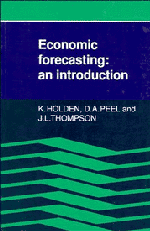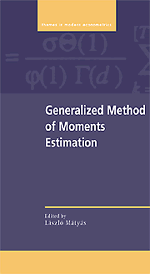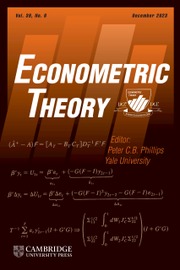Economic Forecasting
This book provides an introduction to the methods employed in forecasting the future state of the economy. It provides a comprehensive coverage of methods and applications in this fast-growing area and is intended for use in postgraduate and upper-level undergraduate courses. Part I outlines the available techniques, particularly those used in business forecasting and econometric forecasting. The state of the art in time series modelling is reviewed and includes a discussion of Box-Jenkins models, the vector autogressive approach and cointegration. Ways of combining forecasts are also examined in detail. Part II considers the most important applications of forecasting. Applications in microeconomics include demand and sales forecasting, the use of anticipations data, leading indicators and scenario analysis. In macroeconomics the emphasis is on why errors occur in forecasting asset market prices, including implications of the efficient markets hypothesis for foreign markets, stock market prices and commodity market prices. The book ends with a discussion of the appropriateness of various techniques, recent developments in forecasting, and the links between economic forecasting and government policy.
- An accessible introduction to the methods employed in forecasting the future state of the economy
- Comprehensive in its coverage of methods in a fast-growing area; useful for graduate and advanced undergraduate courses
- Deals with both macro and micro aspects of the economy
Product details
April 1991Paperback
9780521356923
224 pages
229 × 152 × 13 mm
0.34kg
2 b/w illus.
Available
Table of Contents
- Part I. Techniques:
- 1. Introduction to forecasting methods
- 2. Time series methods
- 3. Combination of forecasts
- Part II. Applications:
- 4. Microeconomic forecasting
- 5. Macroeconomic forecasting
- 6. Forecasting asset market prices
- 7. Conclusions.






